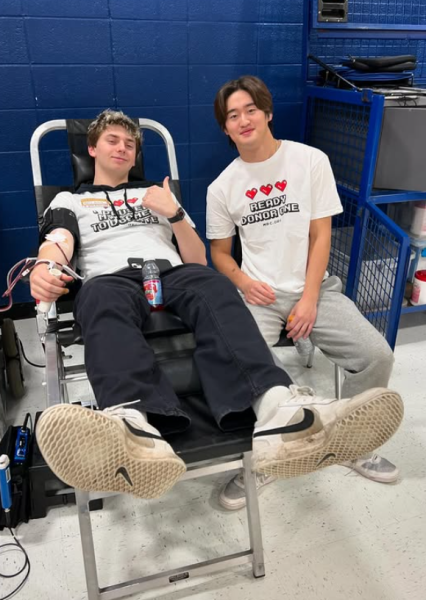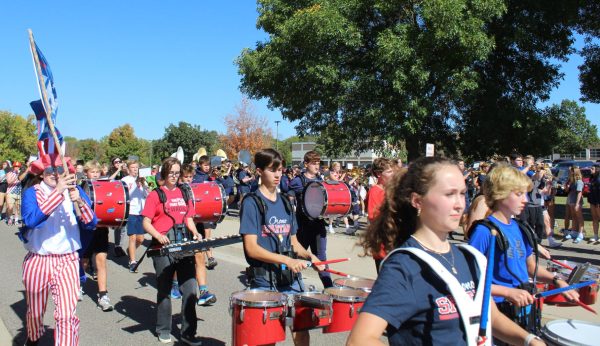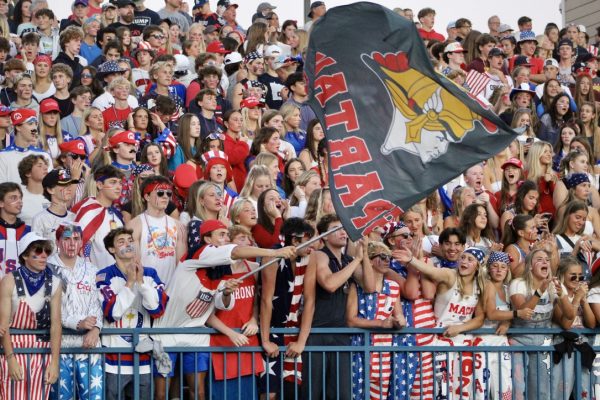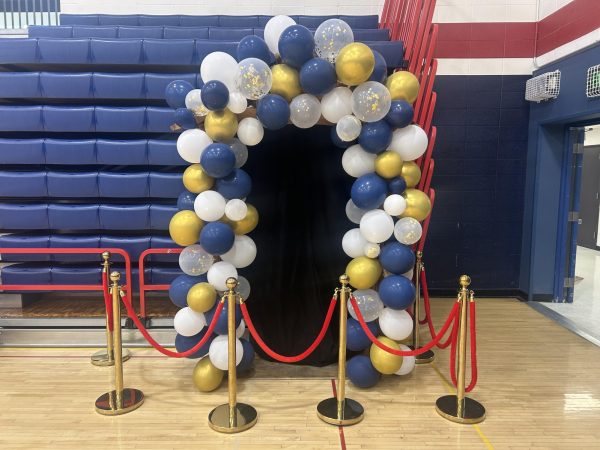Crushing the PISA
On Thursday, March 7th, a group of around 42 students, who were the age of 15, participated in the Programme for International Student Assessment, also known as the PISA.
The students chosen, were randomly selected from a list of all the 15 years olds attending the school. The test only occurs every three years and was first conducted in 2000 according to the National Center for Education Statistics (NCES).
The purpose of the test is to compare the education students get around the world by testing mathematics, science and reading and financial literacy. The test is to see how much content students attain and also view their problem solving as well as cognition.
The test takes around three hours in total which includes the introduction instructions and breaks. The test itself takes two hours and is done during the school day.
Orono was chosen by the OECD, Organisation for Economic Co-operation and Development, form a list of schools. Each country chooses the school that they want added to the list. Different factors go into account when choosing school including size to ensure each school represents each country.
U.S. News and World Report wrote an article providing brief information about the content of the PISA, “The questions in the exam cover 184 items in science, 103 items in reading, 81 in mathematics, 117 in collaborative problem-solving and 43 in financial literacy. Each student gets a combination of these five types of tasks in his or her two-hour test.”
The questions are designed to not be the typical questions, but instead questions that push students to think outside of the box.
PISA test founder Andreas Schleicher said of the test, “We were not looking for answers to equations or to multiple choice questions,” he said. “We were looking for the ability to think creatively.”





















































